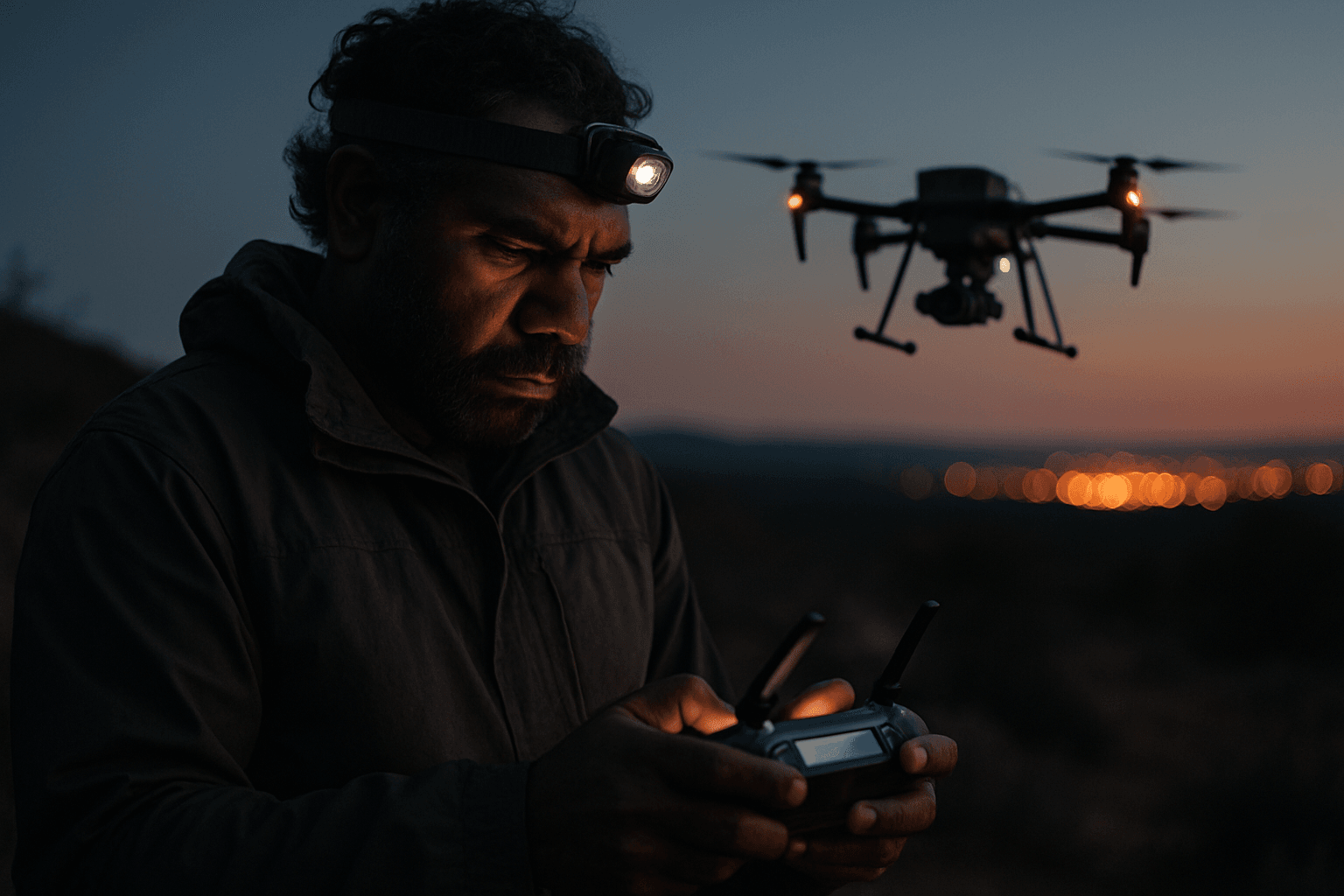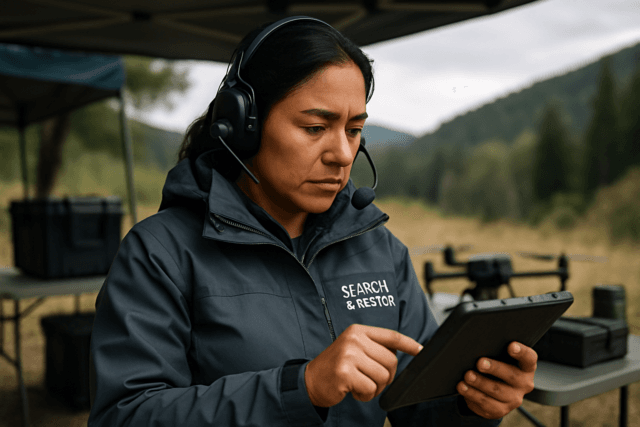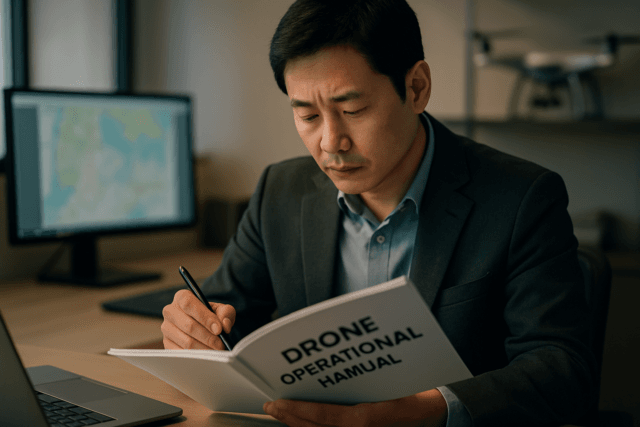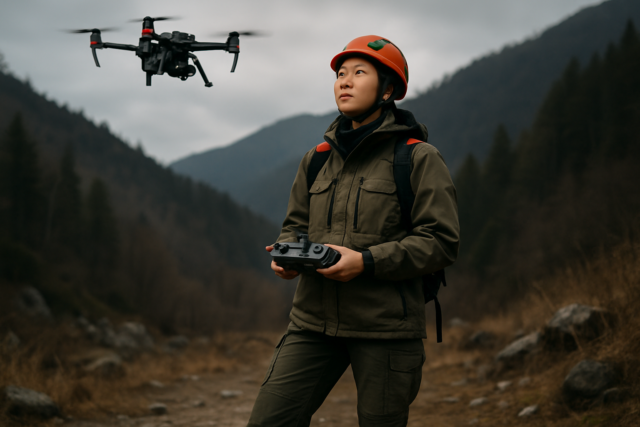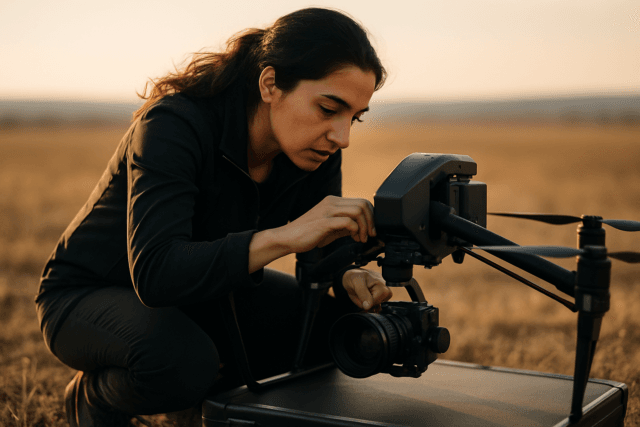For billions of years, life on Earth has evolved under the predictable rhythm of day and night. This fundamental cycle governs critical behaviors such as reproduction, foraging, sleep, and protection from predators for countless species. However, human civilization has radically disrupted this natural dark, bathing vast swathes of the planet in artificial light at night (ALAN), commonly known as light pollution. This pervasive alteration turns night into a perpetual twilight, profoundly impacting nocturnal wildlife that relies on darkness for survival. As researchers race to understand and mitigate these effects, advanced technologies, particularly drones, are emerging as indispensable tools, offering unprecedented capabilities to map light pollution and monitor wildlife responses in intricate detail.
The Growing Threat of Light Pollution
Light pollution is defined as the excessive or inappropriate use of artificial outdoor light, and it is a rapidly escalating environmental concern. Over 80% of the world’s population lives under light-polluted skies, with 99% of residents in the United States and Europe experiencing significant skyglow. This luminous orange glow emanating from cities and suburbs drastically changes nocturnal environments, with cloudy skies near urban centers becoming hundreds, even thousands, of times brighter than they were two centuries ago. This disruption is considered one of the most drastic changes humans have made to the environment, with far-reaching consequences for ecosystems and the delicate balance of predator-prey relationships.
Nocturnal Wildlife Under Siege
The introduction of artificial light at night has severe and often deadly effects on a wide array of creatures, from the smallest insects to large mammals..
Insects: The Silent Victims
Insects, with about half of all species being nocturnal, are particularly vulnerable to light pollution. Many are instinctively drawn to artificial lights, mistaking them for celestial navigation cues like the moon. This “fatal attraction” leads to exhaustion as they circle light sources, increased predation as they become easy targets, and a disrupted ability to navigate their environment. Studies indicate that up to a third of insects attracted to lights may die from exhaustion or predation. Light pollution also interferes with crucial behaviors such as mating, as seen in fireflies whose bioluminescent signals are obscured by artificial light, and foraging, with some night pollinators missing the opening of flowers. Dung beetles, which navigate using the moon and stars, become disoriented under light-polluted skies, hindering their essential ecological role in composting and nutrient recycling.
Birds: Disoriented Migrants and Altered Rhythms
Birds, especially the hundreds of species that migrate at night, rely on the moon and stars for navigation. Artificial lights can disorient them, causing them to fly off course, waste precious energy, and even crash into brightly lit buildings and broadcast towers. This phenomenon is particularly dangerous during low-cloud ceilings or foggy weather, where light reflecting off clouds can further disorient birds, leading to mass mortality events. Beyond migration, light pollution alters birds’ natural processes, causing some species to sing and forage earlier or later than normal, disrupting their circadian rhythms and reproductive cycles. Some strictly nocturnal birds, like the common poorwill and Northern saw-whet owl, avoid lit areas, leading to habitat loss and altered predator-prey dynamics.
Mammals and Amphibians: Habitat Avoidance and Physiological Stress
Most mammals are nocturnal, and artificial light has a significant impact on their behavior and physiology. Small native mammals, such as mice, become less active in lit areas to avoid predators, reducing their foraging time. Conversely, some predators, like foxes, may be attracted to lit areas, finding easy prey. Light pollution can disrupt the circadian rhythms of mammals, affecting melatonin production, which is a necessary hormone for cell repair and can lead to increased rates of tumors in some species like rats. Bats, another nocturnal group, are also highly affected; some species avoid lit areas entirely, while others exploit them for foraging, disrupting insect populations and inter-species competition. Amphibians like frogs and toads, whose breeding rituals involve nighttime croaking, can have their reproduction interfered with by artificial lights. Some frogs forage at lights, making them more susceptible to dehydration and predators.
Marine Life: Sea Turtles’ Perilous Journey
Sea turtles are critically impacted by coastal light pollution. Nesting females are discouraged from coming ashore by bright lights, and newly hatched turtles, which instinctively orient towards the brightest horizon (naturally the moon and stars reflecting off the ocean), are lured inland by artificial lights. This misdirection leads them away from the safety of the water, making them vulnerable to dehydration, predators, and even vehicles.
Drones: A New Frontier in Ecological Research
The urgent need to understand and quantify the effects of light pollution has driven the adoption of innovative technologies, with unmanned aerial vehicles (UAVs), or drones, emerging as a powerful solution in ecological research. Drones offer a unique “bird’s-eye view” that allows researchers to monitor wildlife and environmental conditions with minimal disturbance.
Unparalleled Data Collection Capabilities
Drones can be equipped with a diverse array of advanced sensors to collect comprehensive data on light pollution and wildlife behavior. These include:
- Calibrated Visible-Light Cameras: To capture high-resolution nighttime images and assess the brightness of light sources and illuminated surfaces.
- Multispectral and Thermal Cameras: To analyze vegetation health, habitat quality, and detect animals at night or in low-light conditions by their heat signatures, providing insights into their behavior and habitat use without direct observation. Multispectral cameras can also assess the spectrum emitted by street lamps.
- Spectrometers and Sky Quality Meters (SQMs): These sensors can be mounted on drones to measure skyglow and direct light from artificial sources, quantifying light pollution levels at various altitudes and locations.
- LiDAR (Light Detection and Ranging) Systems: Used to generate precise 3D maps, analyze canopy density, measure tree height, and identify nesting sites, even penetrating dense foliage to reveal hidden ecosystems.
These advanced payloads enable the generation of multimodal photometric data, allowing for the visualization of light pollution together with geographic coordinates, creating detailed maps and 3D models of affected areas.
Overcoming Traditional Research Limitations
Drones significantly enhance the efficiency and scope of environmental monitoring compared to traditional methods. They can access hard-to-reach areas like dense forests, mountainous terrains, or wetlands, which are often inaccessible or dangerous for human researchers. Their ability to operate remotely reduces human disturbance to sensitive wildlife populations, allowing for more naturalistic observations of animal behaviors. Furthermore, drones can cover vast areas swiftly and repeatedly, facilitating the collection of real-time, precise data over time, which is crucial for long-term environmental management and assessing the effectiveness of mitigation efforts.
Specific Applications in Light Pollution Studies
In the context of light pollution and nocturnal wildlife, drones are being employed for several key applications:
- Mapping Light Sources: Drones can capture high-resolution aerial lighting maps and identify light pollution “hotspots” by analyzing ground brightness and upward light emissions from various installations like streetlights and building facades.
- Assessing Skyglow: By carrying SQMs, drones can measure sky brightness at different altitudes, providing crucial data on how light pollution varies with height and at a fine geographical level.
- Monitoring Animal Behavior: Thermal cameras allow researchers to observe nocturnal animal activity, foraging patterns, and movement responses to artificial light without disturbing the animals, even in challenging conditions.
- Habitat Fragmentation Assessment: Drones can identify how light corridors create barriers, limiting animal movement and access to habitat resources, akin to physical fences or roads.
Challenges and Ethical Considerations in Drone Deployment
Despite their immense potential, the use of drones in ecological research and light pollution studies is not without its challenges and ethical considerations. Limitations include the high cost of sophisticated drones and their advanced sensors, as well as the complexity involved in collecting and processing high-resolution data, often requiring specialized staff or consultants. Drone operations are also subject to regulations regarding flight altitude, duration, and designated flight zones, limiting their application in certain areas or for extensive surveys. Battery life and payload capacity can restrict flight time and the range of sensors that can be carried. Furthermore, while less intrusive than human presence, there is still a need to consider the potential for drones themselves to disturb wildlife, especially during sensitive periods like breeding or nesting.
Future Directions and Promising Innovations
The field of drone-assisted ecological research is rapidly evolving. Future advancements are expected to address current limitations and expand capabilities. Integration with Artificial Intelligence (AI) and machine learning algorithms will enable drones to analyze collected data in real-time, assisting in species identification, behavioral analysis, and the early detection of threats. The development of specialized drones, specifically designed for light pollution measurement, equipped with integrated multisensor solutions, promises to provide even more comprehensive and synchronized data. Long-term case studies focusing on site-specific biodiversity research will allow for a more nuanced understanding of the impact of artificial lighting on local fauna and flora. As drone technology becomes more accessible and autonomous flight capabilities improve, these aerial platforms will play an increasingly vital role in environmental monitoring and conservation efforts globally.
Towards Darker Nights and Healthier Ecosystems
Investigating the impact of light pollution on nocturnal wildlife with drones represents a critical step in understanding and combating this pervasive environmental threat. The data gathered by these advanced aerial tools is invaluable for identifying problem areas, quantifying the scale of pollution, and providing the scientific basis for informed decision-making in urban planning and conservation strategies. Mitigating light pollution is not only beneficial for wildlife but also for human health and energy conservation. Simple actions, such as turning off nonessential lights, using motion detectors, directing lighting downwards, and minimizing blue light emissions, can significantly reduce the ecological footprint of artificial light and help restore the natural rhythm of the night. By combining cutting-edge technology with concerted conservation efforts, we can strive for darker nights and healthier, more resilient ecosystems for all.

